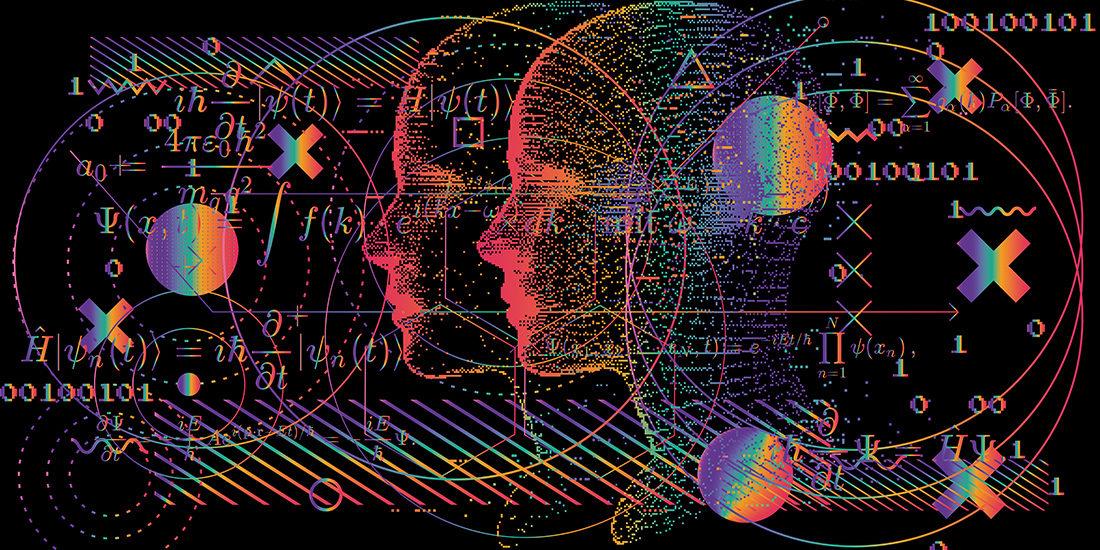We color life with artificial intelligence (AI)
Another of the ways that AI digitally colors life is also related to the audiovisual: the technology of coloring images and films. The result seeks to make them available to a greater number of people compared to other coloring techniques through analog (coloring by hand) or through different image and video editing programs that, although they offer impressive results, involve a higher cost, speaking in economic and temporal terms.
A notable example of how the image is being subjected to AI-generated coloring and restoration techniques is the technique developed by Satoshi and Edgar Simó-Serra at Waseda University (Japan). It is based on a huge archive of reference images that are fed to an AI. From here, the system automatically chooses a random number of frames from a movie and, with that selection, proceeds to colorize all the footage. What greatly reduces the final cost is that it is only in the finishing phase where there is a human intervention that ensures an ideal result. This could confirm that, although the system is executed by a machine governed by artificial intelligence, it does not mean that there is no human contribution behind it. In fact, without a living intelligence the experiment could not have been carried out.

In ‘Colour. Knowledge of the invisible' is shown, in order to test this type of technology, an installation that colors different clips that belong to the Telefónica Audiovisual Archive and that were generated by the company since it was founded in 1924. They have been chosen for this, those with the best state of conservation present, so that the neural network can work with the images in black and white, and produce the same pieces, but in color. The result is images of a Madrid hitherto unknown to the public.
